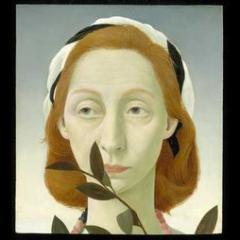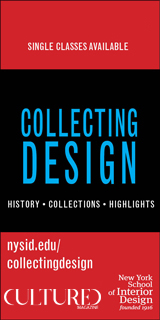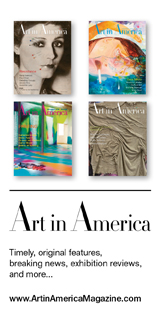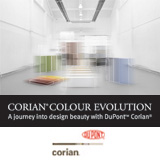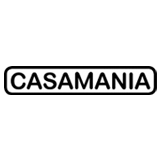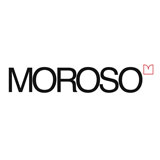The World of Utrecht at Centraal Museum Utrecht
23 April '16 - 30 April '21
What do Pyke Koch and Marlene Dumas have in common with red dancing shoes? And what’s the Chinese student with plastic shopping bag doing in a museum collection in Utrecht? The answers can be found in Centraal Museum’s new permanent exhibition, The World of Utrecht.
The story
The exhibition The World of Utrecht is as wide-ranging as the title suggests. The exhibition not only draws liberally from the museum’s extensive collection, but the exhibition themes date back to the start of the Common Era and stretch all around the world.
New vistas open onto faraway corners of the globe, yet the city of Utrecht is always the common denominator and principal focus. First founded in 47 CE as a Roman fort on the site of today’s Dom Square, Utrecht is the protagonist of this tale. From the makers and the collectors that were born or based here, to the works of art and design objects created here, and the miscellaneous items of local and historical significance: these are the many narrative strands that come together to compose the Story of Utrecht. And whatever their content and background, they all are tales from and about an international city.
Design
Through The World of Utrecht, Centraal Museum invites you to take a fresh look at familiar and less familiar works of art. It does so by arranging the works in a surprising and sometimes rather bold context. The exhibition is not designed in the usual chronological order.
As an example, the image of Tank Man (2013) by the Spanish artist Fernando Sánchez Castillo is placed in the historical setting of resistance against foreign occupiers of the Netherlands. With this approach, icons of Utrecht and of Centraal Museum are given the platform they deserve, and with some luck may gain a new meaning or connotation.
On display
All disciplines rub shoulders in the exhibition The World of Utrecht: modern art, city history, fashion and costumes, old art and applied arts. The attractively designed exhibition is divided into sixteen themes and is spread across the ground floor and first floor of the 1920 wing of the museum.
Items on display include works by Gerrit Rietveld, Joop Moesman, Abraham Bloemaert, Gerard van Honthorst, Jan van Scorel, Joachim Wtewael, Charley Toorop, Marlene Dumas, Pyke Koch, Viktor & Rolf, Iris van Herpen and Bas Kosters. Visitors can also admire architectural models of the Dom Tower and the Rietveld Schroder House, as well as the popular doll’s house.







